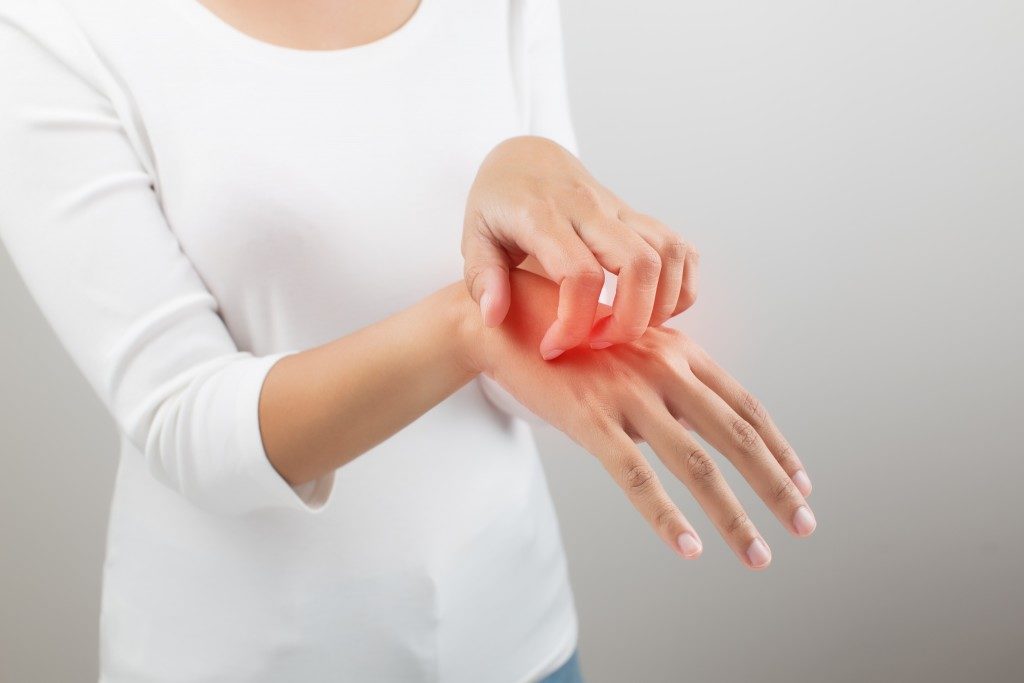When symptoms of knee osteoarthritis first appear, you may be able to deal with them by undergoing physical therapy, taking anti-inflammatory meds, or looking up ways to alleviate the strain on your knees. However, since knee osteoarthritis gets worse over time, it is immensely crucial that you’re aware of how to treat your symptoms as they worsen.
If you are not ready for knee replacement surgery just yet, but your pain, stiffness, and swelling are reducing your mobility and overall quality of life, you may want to look into injections. There are currently three kinds of injections backed by studies, which include cortisone shots, platelet-rich plasma (PRP) injections, and hyaluronic acid injections and supplements. Here’s what you should know about them.
Cortisone Injections
Cortisone, also commonly known as steroid or corticosteroid, shots is the most widely used injections for treating knee osteoarthritis. The Arthritis Foundation states that cortisone shots function like the natural cortisol hormone to modify the immune response of the body and reduce inflammation.
The cortisone injection, directly injected into the knee joint, will function quickly to provide immediate pain relief. The effects of the anesthetic will wear off in a day, and the cortisone will start working within a day or so.
Do note though that the overall effects of the injection might last for two months or so, and on the average, people might require a shot of cortisone every three months for uninterrupted relief.
Hyaluronic Acid Injections
In the event that cortisone injections don’t work to relieve your symptoms, you might want to consider hyaluronic acid (HA) injections instead. HA shots work similarly to a lubricant, shock absorber, or cushion for your knee joints.
Their goal is to bring back hyaluronic acid back into your knee joints. In general, you will need HA shots every week for three or five weeks.
Although they don’t provide relief as fast as cortisone injections — you might need to wait a week or two before you feel noticeable relief — you could pair HA shots with cortisone shots for faster relief of your symptoms. In addition, the effects of these combined shots usually last longer, approximately six months.
Platelet-Rich Plasma Injections (PRP)

Another great option you can consider is platelet-rich plasma or PRP injection. It involves the doctor drawing your blood and separating the platelets, which are called growth factors that can reduce joint inflammation. The platelets will then be injected into your knee joint to bring back fluid there.
Aside from easing inflammation, PRP injections might likewise help cushion and lubricate your knee joint. They are usually given in a series of three injections.
Some individuals opt for PRP injections because their effects usually last longer than HA injections and they’re interested in the idea of utilizing their very own platelets to treat themselves.
Yes, you can’t cure knee osteoarthritis, but you can effectively manage your inflammation and pain by using various coping strategies that include the injections mentioned above. If you want to start supplementing your knee osteoarthritis treatment plan with injections, discuss it with your doctor to see which options are best for you.



